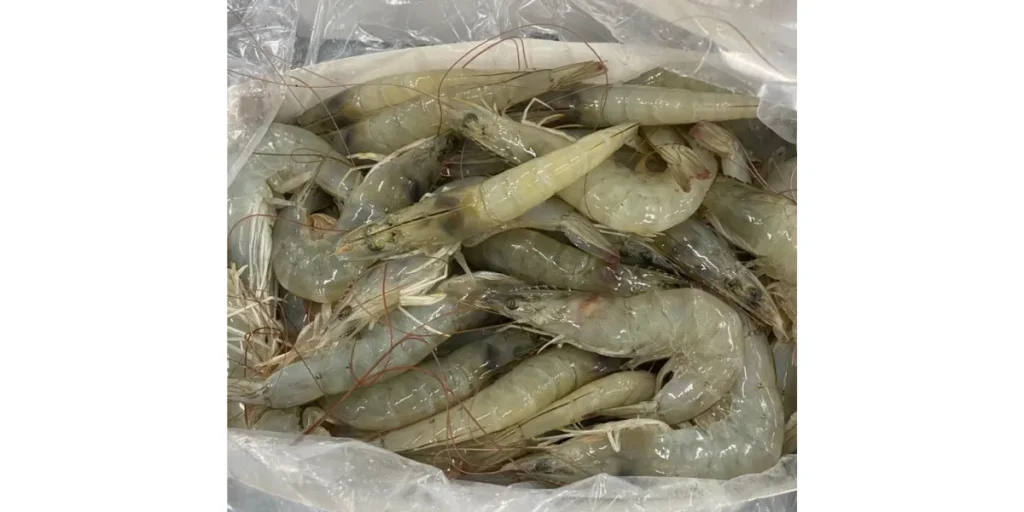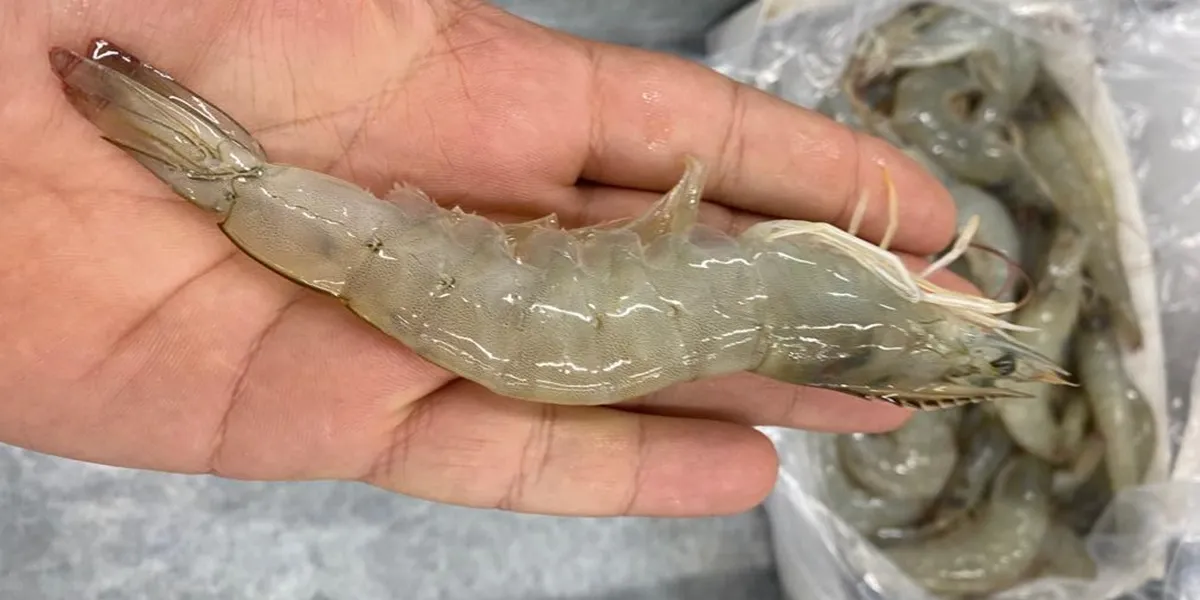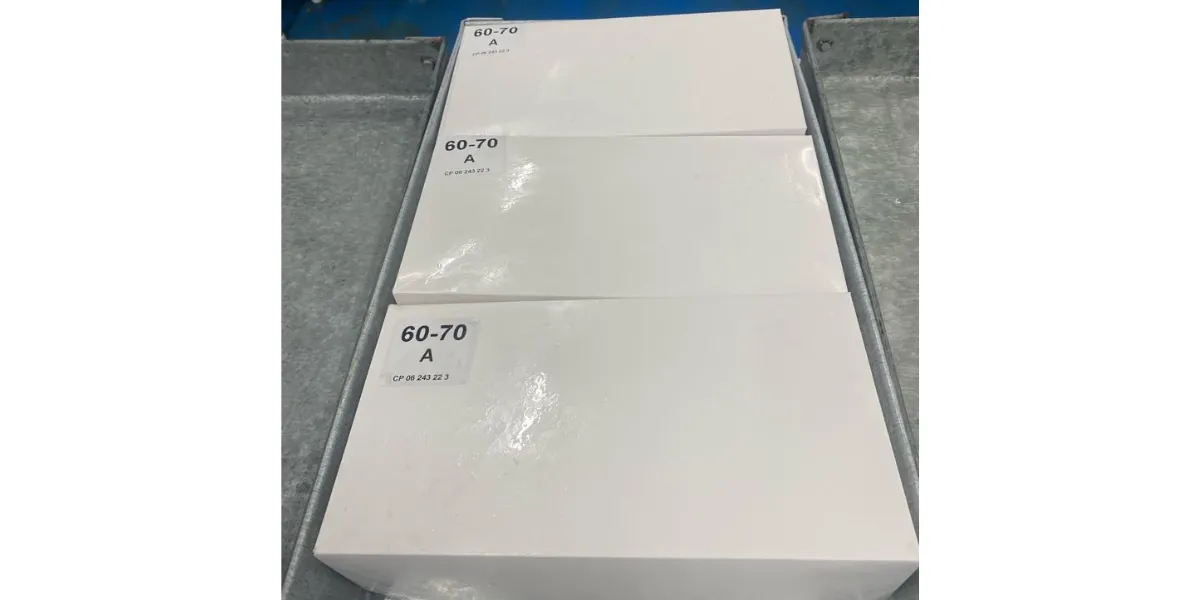Sustainability is the key to the future of the shrimp industry. As one of the fastest‑growing sectors in global aquaculture, shrimp farming has become a cornerstone of international seafood trade, feeding millions and supporting economies across Asia, Latin America, and beyond. Yet this rapid expansion has come at a significant environmental cost. From the destruction of mangrove forests to the overuse of antibiotics and chemicals, the shrimp industry has left a heavy footprint on ecosystems that are vital for biodiversity and climate stability.
At the same time, rising consumer demand in Europe, North America, and Asia continues to push production higher, making sustainable practices more urgent than ever. Understanding both the challenges and the solutions is essential for policymakers, producers, and consumers alike. In this article, we will explore the environmental impact of the shrimp industry and highlight practical, science‑based strategies to reduce it. Follow along to discover how innovation and responsibility can reshape this global industry.
Shrimp Industry: Global Growth and Environmental Challenges
The shrimp industry has become one of the fastest‑growing sectors in global aquaculture, supplying more than half of the shrimp consumed worldwide. Countries such as China, India, Vietnam, Ecuador, and Thailand dominate production, while demand in Europe, the United States, and Japan continues to rise. This growth has created jobs and boosted exports, but it has also introduced serious environmental challenges.
Key challenges include:
- Intensive farming practices leading to habitat loss.
- High resource use, especially water and feed.
- Disease outbreaks that encourage heavy antibiotic use.
- Carbon emissions from transport and processing.
| Region | Share of Global Production | Key Issues |
| Asia | ~70% | Habitat loss, chemical use |
| Latin America | ~20% | Mangrove deforestation |
| Others | ~10% | Small‑scale sustainability |
Companies like Pishva Holding are exploring sustainable aquaculture models to balance profitability with ecological responsibility. The shrimp industry is at a crossroads: either continue unsustainable expansion or embrace innovation that reduces its footprint. Understanding these dynamics is crucial for shaping a resilient future.

Mangrove Deforestation: The Hidden Cost of Shrimp Farms
Mangrove forests are biodiversity hotspots and natural carbon sinks. Yet, the shrimp industry has been a major driver of mangrove deforestation, particularly in Southeast Asia and Latin America. Studies show that over 35% of global mangrove loss in recent decades is linked to aquaculture expansion.
Consequences of mangrove destruction include:
- Loss of fish nurseries and coastal protection.
- Increased vulnerability to floods and storms.
- Release of stored carbon, accelerating climate change.
Some exporters, like Ecuador and Thailand, are proving it is possible to decouple shrimp supply from mangrove destruction through stricter regulations and restoration projects. For businesses such as Iranian Shrimp Supplier & Wholesale, adopting mangrove‑friendly practices is not just ethical but also a competitive advantage in markets that increasingly demand sustainability. Protecting mangroves is a litmus test for whether the shrimp industry can truly align with global climate goals.
Water and Soil Pollution: Antibiotics and Chemicals in Aquaculture
The shrimp industry often relies on antibiotics and chemicals to control disease outbreaks in crowded ponds. While these inputs may boost short‑term yields, they create long‑term risks for ecosystems and human health. Residual antibiotics seep into water systems, fostering resistant bacteria and contaminating soil.
Practical concerns include:
- Antibiotic resistance threatening both aquaculture and public health.
- Chemical residues degrading water quality.
- Soil salinization reducing agricultural productivity near farms.
Adopting Sustainable shrimp fishing practices means reducing reliance on antibiotics by improving water quality management, using probiotics, and diversifying farming systems. Countries like India and Vietnam are experimenting with bio‑floc technology, which recycles nutrients and minimizes pollution. For the shrimp industry, moving toward ecological disease management is not only safer but also more profitable in the long run.
Carbon Footprint of Shrimp: From Farm to Plate
The carbon footprint of the shrimp industry is significant, spanning farming, processing, packaging, and global transport. Recent studies highlight emissions from pond methane release, feed production, and cold‑chain logistics.
Main contributors to emissions:
- Feed production (soy, fishmeal).
- Energy use in aeration and water pumping.
- Transportation across continents.
- Processing and packaging requiring refrigeration.
Reports from the Global Shrimp Forum emphasize that reducing emissions requires innovation: renewable energy in farms, plant‑based feeds, and shorter supply chains. For consumers, choosing certified low‑carbon shrimp can make a difference. The shrimp industry has the potential to become a model for climate‑conscious aquaculture if it embraces carbon‑neutral strategies and invests in green technologies.
Social and Economic Pressures on Local Communities
The shrimp industry has transformed coastal economies, but its rapid expansion often comes at a social cost. In many regions of Asia and Latin America, traditional fishing communities have been displaced to make way for large aquaculture farms. This shift reduces access to natural resources and undermines cultural practices tied to coastal ecosystems.
Key pressures include:
- Loss of traditional livelihoods: Small‑scale fishers struggle to compete with industrial shrimp farms.
- Labor exploitation: Reports highlight poor working conditions and low wages in some supply chains.
- Land conflicts: Expansion of shrimp ponds often leads to disputes over property rights.
While the shrimp industry generates export revenue, the imbalance between economic gain and social justice remains a challenge. Addressing these pressures requires stronger labor protections, fair trade policies, and community‑based aquaculture models that share benefits more equitably.
Scientific Solutions to Minimize Environmental Damage
Science offers practical tools to reduce the ecological footprint of the shrimp industry. Researchers emphasize that sustainable aquaculture systems can balance production with environmental protection.
Effective solutions include:
- Recirculating aquaculture systems (RAS): Closed‑loop water management reduces pollution.
- Biofloc technology: Uses beneficial microbes to recycle nutrients and minimize waste.
- Mangrove restoration: Rebuilding natural buffers against climate change.
- Alternative feeds: Plant‑based proteins lower reliance on fishmeal.
The shrimp industry can adopt these innovations to align with global sustainability goals. By integrating science into farming practices, producers can reduce antibiotic use, cut emissions, and protect ecosystems. This approach ensures long‑term profitability while safeguarding the environment.
Consumer Responsibility and Market Influence
Consumers play a decisive role in shaping the shrimp industry. Demand for cheap shrimp often drives unsustainable practices, but informed choices can reverse this trend. When buyers prioritize certified sustainable products, producers are pressured to adopt eco‑friendly methods. Practical consumer actions:
- Choose certified shrimp (ASC, MSC labels).
- Support retailers with transparent sourcing policies.
- Reduce food waste to lower overall demand pressure.
The shrimp industry responds directly to market signals. As awareness grows, consumers in Europe, North America, and Asia are increasingly demanding responsibly farmed shrimp. This shift demonstrates that sustainability is not only a producer’s responsibility but also a shared commitment across the supply chain.
Future Outlook: Innovation and Green Technologies
The future of the shrimp industry depends on embracing innovation. Emerging technologies are reshaping aquaculture, offering solutions to reduce costs and environmental harm. Promising innovations include:
- AI‑driven monitoring: Sensors track water quality and optimize feeding.
- Renewable energy systems: Solar and wind power reduce emissions.
- Circular economy models: Waste from shrimp farms reused as fertilizer.
- Blockchain traceability: Ensures transparency in global supply chains.
If adopted widely, these technologies could transform the shrimp industry into a model of sustainable aquaculture. The outlook is clear: innovation and responsibility will determine whether shrimp farming becomes a driver of ecological harm or a leader in green growth.
Conclusion: Toward a Greener Future for the Shrimp Industry
The path forward for the shrimp industry must be bold, innovative, and rooted in sustainability. While the sector has delivered undeniable economic benefits and provided affordable protein to millions, its environmental consequences cannot be ignored. Mangrove deforestation, water pollution, and high carbon emissions are not abstract concerns—they are measurable realities that threaten ecosystems and communities worldwide. The good news is that solutions already exist. Closed‑loop aquaculture systems, eco‑friendly feed alternatives, and stricter certification programs are proving that shrimp can be farmed responsibly without sacrificing productivity.
Restoring mangrove habitats and reducing reliance on antibiotics are additional steps that directly improve ecological resilience. Equally important is the role of consumers: by choosing certified sustainable shrimp, markets can pressure producers to adopt greener practices. The shrimp industry is at a crossroads, and the decisions made today will determine whether it becomes a driver of ecological harm or a model of sustainable aquaculture. By embracing science, technology, and accountability, this industry can transform itself into a force for environmental balance and economic prosperity.
FAQ
Q1: Why is the shrimp industry linked to environmental damage?
Because intensive farming often causes mangrove deforestation, water pollution, and high carbon emissions.
Q2: Can shrimp farming be sustainable?
Yes. With technologies like biofloc systems, alternative feeds, and mangrove restoration, sustainability is achievable.
Q3: How do consumers influence the shrimp industry?
By choosing certified shrimp and supporting transparent retailers, consumers push producers toward eco‑friendly practices.
Q4: What role does innovation play in the future of shrimp farming?
AI monitoring, renewable energy, and blockchain traceability can reduce environmental impact and improve accountability.
Q5: Are social issues part of the shrimp industry’s challenges?
Absolutely. Displacement of communities, labor exploitation, and land conflicts are major social concerns.



